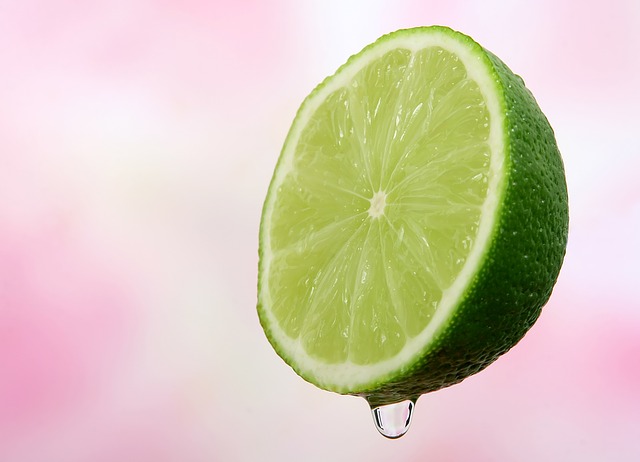Citrus fruits boast a long history of health-promoting benefits, from their use on early shipping routes to help sailors avoid scurvy to modern-day vitamin C products to boost the immune system. In particular, one citrus that’s experiencing a surge in popularity due to both its health benefits and flavor is the lime. Even better, most gardeners in USDA plant hardiness zones 8 through 11 can bring these benefits home through growing your own lime tree.
Natural Vitamin and Mineral Supplement in Your Backyard
Limes are packed full of nutrition. Like most citrus, limes contain high vitamin C levels, up to 25% of your daily value in just one fruit. Limes also possess various other essential vitamins and minerals, including magnesium, potassium, calcium, phosphorous, and vitamins K, A, and E. Nutrition decreases in fruit over time after picking, so fresh home-grown limes tend to have higher nutrient levels than those purchased at the grocery store.
With so much nutrition packed into a tiny package, limes can help increase the strength of your immune system, strengthen your nails, hair, and skin, reduce swelling in your joints by dissolving uric acid, and improve your heart health by fighting free radicals. When using the lime pulp with the juice, you get the additional benefits of soluble fiber to regulate blood sugar levels by slowing your digestion.
Easy and Fast Production
Lime trees are one of the most accessible fruit trees to grow. They’re also one of the fastest growing and producing fruit trees, meaning you won’t have to wait multiple years for your first harvest. As long as you provide adequate drainage, consistent but not obsessive moisture, sunlight, a warm spot that stays above 50 degrees Fahrenheit, and compost or fertilizer feeding every few months, your lime tree will happily provide a surprising amount of fruit even on small developing trees.
 Fresh Always Tastes Better
Fresh Always Tastes Better
Nothing compares to the flavor of a fresh lime picked directly off the tree used in recipes from Thai to Mexican fare. A quick squeeze of lime at the end of meat dishes immediately freshens and ads a pop of acidity to balance fattier flavors. A zest of lime brightens dips and marinades or sweet desserts. Fresh lime is perfect in beverages as well, whether cut in a wedge and wiped across the rim of a cocktail or allowed to diffuse in a glass of ice water on a warm day.
While lime trees need a warmer climate to grow year-round outside, that doesn’t mean those in lower USDA growing zones can’t grow lime trees indoors. In fact, lime trees are among the most popular indoor citrus trees for both gardeners and hobbyists alike, providing both fruit and beautiful fragrant blossoms.























